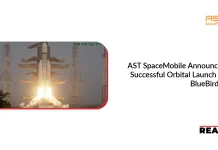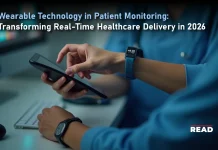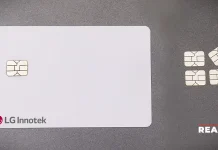inTEST Corporation, a global supplier of innovative test and process technology solutions for use in manufacturing and testing in key target markets which include automotive/EV, defense/aerospace, industrial, life sciences, security, and semiconductor (“semi”), announced the launch of its Electronic Test Division’s latest innovation for electric vehicle (EV) battery testing technology. The Acculogic patent-pending hover sense non-contact technology represents a significant leap forward in validating the quality and reliability of EV battery interconnects. EVs rely heavily on the efficiency and dependability of their battery systems. The systems include numerous cell interconnects that are critical to the battery’s overall performance and affect everything from power output to charge times.
inTEST’s Acculogic hover sense non-contact probe module utilizes cutting-edge advanced magnetic field measurement techniques to evaluate battery interconnect quality without any physical contact. Advantages with the non-contact technology include:
- Eliminating the risk of surface degradation and probe markings,
- Providing complete test coverage without requiring direct access to the battery’s anode or cathode, and
- Accelerating test throughput by enabling parallel testing with multi-sensor fixtures.
Karim Dehkordi, Vice President of Technology for Acculogic, said, “The primary cause of failure for electric battery modules is battery cell interconnect quality issues. The groundbreaking Acculogic non-contact test technology marks a major advancement in assuring the quality and reliability of EV battery interconnects while improving test speed and design validation technique.”
Acculogic’s hover sense non-contact probe module can be incorporated into the Stingray EVO500 Battery Tester, allowing battery manufacturers to quickly, reliably, and cost-effectively test battery module interconnects. The Stingray test platform has repeatedly proven its value with more than ten years of production use and hundreds of thousands of battery arrays tested.
SOURCE: Businesswire




